If there’s one topic that I’ve seen strike the most fear into artists the fastest it’s the question of pricing. Now that inflation is on the rise (in the US at least) you need to look at your numbers all over again. Are you charging the right amount for your work? If the very thought of tackling that question turns your stomach into a brick, then read on.
Over the years I’ve tackled money a few times on Muddy Colors, and you can check out those articles as well:
Getting you Paid Part 1 and Part 2
Art Business Bootcamp on Money (and the updated PDF on gumroad)
Follow the Money or Follow Your Bliss?
So this isn’t going to be an exhaustive article. There’s some great videos and articles out there (I’ll link to some below and I’m sure some will show up in the comments) but I want to give you some highlights:
You Know You Should Raise Your Rate When…You Have Too Much Work
This is an easy one in concept, but I find artists stumbling over it all the time out of fear. Artists (regardless of price level) will have more work than they can handle, yet they are terrified if they raise their rate all the work will dry up. I understand the fear, but it isn’t rational. When you are so in demand you are turning down work, you should raise your rate.
But what if my consistent clients complain? They might, but you can handle this a few ways. You could start raising your rate for new clients, see how that goes, then when you’re ready to raise your rates for all clients, you just simply say something like “I value you as a client, and I want to keep working with you, however due to scheduling demands my new rate is X. Let me know if that works for you, or if you’d like to discuss it.” If the client is still mad, then it’s time to replace them with a higher caliber of client. If they have a legitimate budget reason you always have the option of saying that you’ll do the job at the old rate now, but future jobs must be at the new rate.
But what if all my work dries up? You can do price ups in smaller stages, a client at a time. Professional ADs know that prices go up as an artist gets better and they become more in demand, that’s just the biz. Don’t feel guilty, don’t beat around the bush. Just be clear and professional. Again, if a client doesn’t treat you professionally in return, then it’s time to shed that client.
Remember, if you’re doing 40 pieces at $25 each you don’t have the time to improve, you’re just staying afloat. If you do 5 pieces at $100 you can make those pieces better and better every time, and soon raise your rate even more.
Also remember most artists will hit dry periods occasionally and it usually doesn’t have to do with pricing. If your demand goes down it means you’re not reaching out enough with promo, not adding to your portfolio enough, or may have fallen out of step with your industry and should do a little research into what’s been coming out and see what new clients are on the rise.
You Know You Should Raise Your Rate When…You Can’t Pay Your Bills
This is a trickier case, because demand and skill level may vary. First of all, you should know your day rate & your hourly rate. This is a great freelance rate calculator. I love that it even includes a “difficult client” rate. Even if you charge per project you should know what you need to make in a day of work to pay your bills, and what level of income you need to make over that to live comfortably.
If your demand and skill level support that rate then great, you’re done. If it doesn’t, this exercise will make you face some hard facts, but they’re necessary. Nothing can starve a developing talent like putting all the weight of living expenses on top of it.
If your skill level isn’t at the level where you can charge the rate you need, then you need to supplement your work with other jobs while you hone your craft. THERE IS NO SHAME IN THIS. I know plenty of artists who got through this phase by working in art-related jobs (teaching kids art classes, being an artist’s assistant, working in art stores, working an art job in-house, etc) or who took a non-art related job that let them practice while they worked (night watchman, doorman, gym receptionist, etc) or just took any job that would pay their bills and give them time before and after to practice their art.
If your skill level is at a proper rate but the demand isn’t there (you may need to poll some peers or portfolio reviews to accurately judge this—folks who will be honest with you not just give you compliments) you need to work on your demand. Do you have a dream client list? Are you emailing them 2-4 times a year with new work? Are you targeting fields that use the style of art that you make? You might need to make a few new promo pieces to match up to the clients you want and then make sure your targets see those pieces.
You Know You Should Raise Your Rate When…Your Peers are Charging More
Look, I know money is a tricky subject to broach but it’s because it’s been socially ingrained. And unfairly. Who makes up etiquette rules? Rich folks. And who benefits from folks not talking about money? Rich folks who pay other folks’ salaries. There is power is comparing pay and salaries. Spreadsheets with pay details have changed whole industries. Start with friends you trust. Compare honest numbers. Know which clients have set rates, what those rates are, and make sure you’re in line. Find out what folks at a similar level of skill and experience are charging for commissions and make sure you aren’t way below them. Pay transparency helps raise rates.
Caveat: There are some companies in every industry that survive on paying less money for art. That doesn’t make them automatically evil. They provide a necessary service as an entry onto that industry’s ladder. They offer professional experience to artists of lesser skill & experience. The point is, once you outgrow them it’s your responsibility to move on up the ladder, and leave those jobs for the next crop of newbies. At least half the artists that do covers for me now worked for Fantasy Flight when they were starting out. The ADs there expect they will work with greener artists, help train them, and then those artists will move on to higher paying clients. Now there are absolutely also companies that are predatory and that’s another reason to compare notes with your peers. If you don’t have a solid peer group, there’s good ones out there. The Drawn + Drafted Art Business Community is open to all artists, (tho it tends to be fantasy-related generally), is free, and it’s a perfect place to talk about these things.
You Know You Should Raise Your Rate When…Your Art Director Tells You So
Not every Art Director has a great budget for every project. But the ones that do aren’t trying to nickel and dime you. That money we save isn’t going into our pockets (at least not in big companies) so there’s absolutely no motivation to cheat artists out of fair pay. Sometimes I have a small budget for a book and sometimes I have a bigger one. In books that’s entirely out of your control as the artist — it has to do with author advances, the book’s expectations, print runs, formats, etc. If I have a smaller budget for a book then I’m not going to try to convince an artist to take a job way beneath their pay grade, I’m going to go to an artist with less skill or less experience. In my world, each book has a different budget & reasons for that budget. I work with that to match the right artist for the job. Sometimes when I’m working with an artist for the first time (usually a newer artist) they radically underprice themselves. I have an interest in a healthy artist pool to continue to pull from, and I have helped develop a lot of talent — so I tell them what they should be charging. You can’t count on a lot of Art Directors to go that far. Especially in industries that might be going thru a tough financial time. But what you can do is get them to tell you their budget. Remember, negotiation is tennis.
AD emails an artist for the first time: “Hi, I love your work. I’d like to commission you for X, it’s due X, what’s your rate?”
…Either the Artist has experience in that field & knows what to say, or that Artist panics, doesn’t know what to say, takes to twitter instead of emailing back…
What the artist should say is a simple: “Hi, thanks for your interest in my work. I work with all kinds of budgets, tell me more about what you were envisioning and your budget and we can discuss the project.”
Why don’t ADs just put the budget in the initial email? Well, there’s a few reasons, but my personal reason? Because you don’t want to offend an artist by being wildly below their expected price. I got a few nasty emails back at the beginning of my career from folks, especially when Orbit was new in the US and not well known. Now I am more secure and care less about getting nasty emails (it’s a gift of a red flag not to work with that person), but I do it to be polite, and to get a feel for that person’s communication skills & experience level.
You Know You Should Raise Your Rate When…You Resent Your Clients
Not all clients are good clients, but when you start to resent your good clients, your artwork, and every cell in your body that ever wanted to become a working artist? Then you’re in burnout. You’re probably being overworked. The cure for that is a break, either an actual vacation, or to lessen the number of jobs you’re taking on, or maybe a combo of both. If you literally can’t take a break because of finances then you need to raise your rate, and one of the categories above probably apply to you. Don’t let your fear of raising your prices (or needing to supplement your art with other forms of work) ruin your art for you. I’ve seen it happen too many times. A life as a working artist is not a sprint. It’s not even a marathon. It’s a lifelong journey (look I know it sounds cheesy but that doesn’t make it less true) — you can’t always be running. Sometimes you have to walk. Sometimes you do run. Sometimes you stop and rest. There’s no one right way to do an art career. And that can be hard if you’re comparing yourself to other people who may be more successful, or younger, or more privileged. The only person you’re racing against is yourself.
Resources!
The Futur (Chris Do) videos on Pricing Design & Creativity
A twitter thread I did recently on pricing
Emotions that get in the way when we’re pricing art


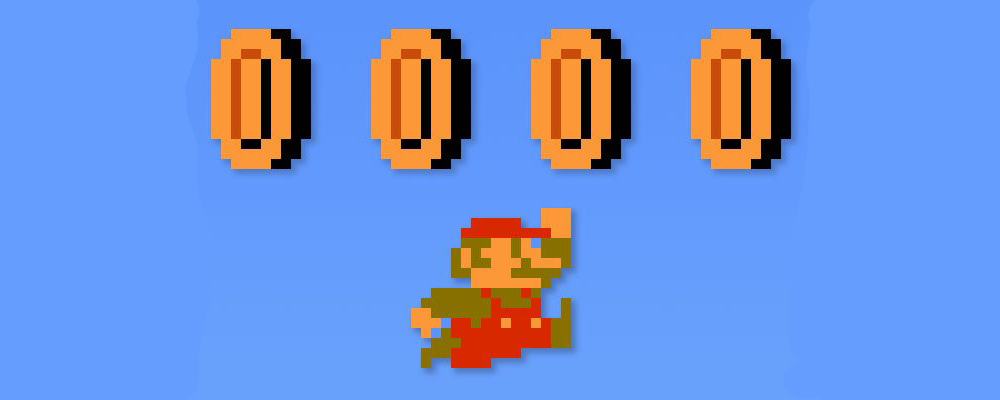
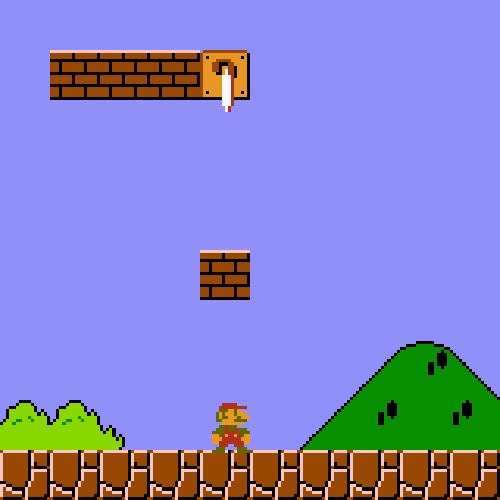
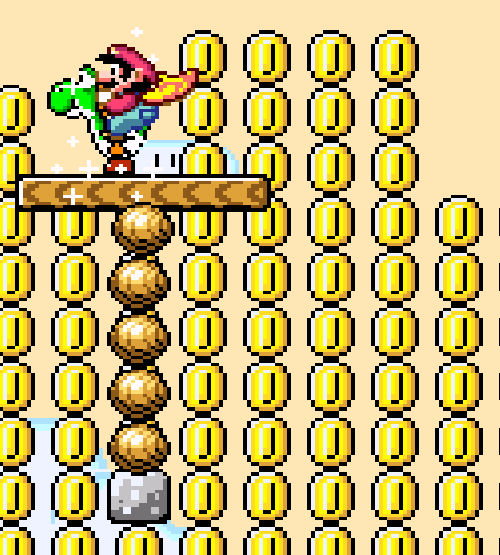
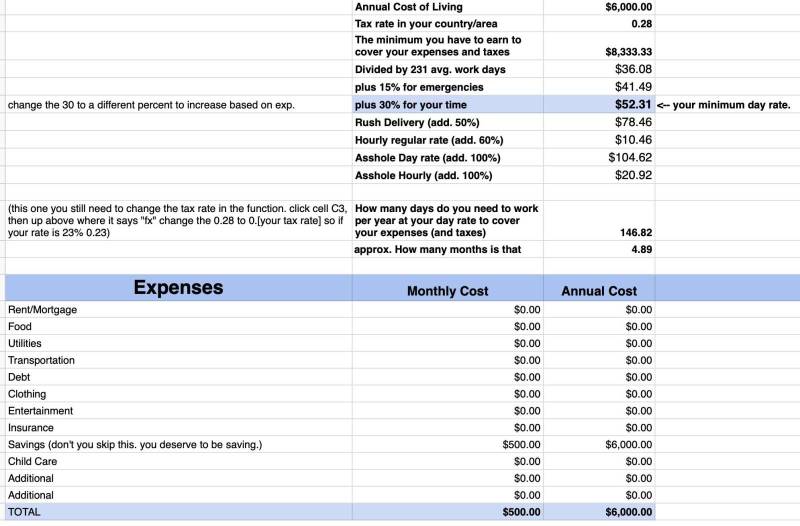
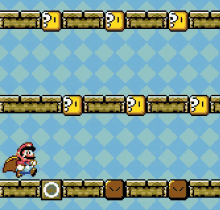
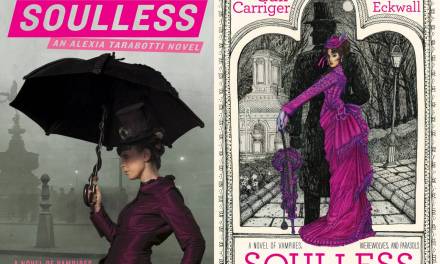
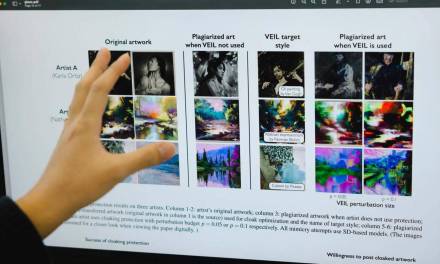


Thank you for writing and sharing this!
Great article! I’ve had to raise rates in the past, and found that giving my clients a heads up really helped. I let them all know in advance that in the new year my rates were going to be 10% higher. It was preemptive, so when they reached out later, it wasn’t awkward at all. Also, I think telling them a percentage helped ease the worry, as it sounds much smaller and more reasonable than a specific dollar amount.
Nice! That’s a good way of going about it…I’ll have to remember that.
Great advice Dan!
Fantastic article, thanks Lauren! That’s always been a sticking point for me, so it’s nice to see things laid out bare like this.
Wonderful post thank you.if you want to more tech information click here.
thx
thx